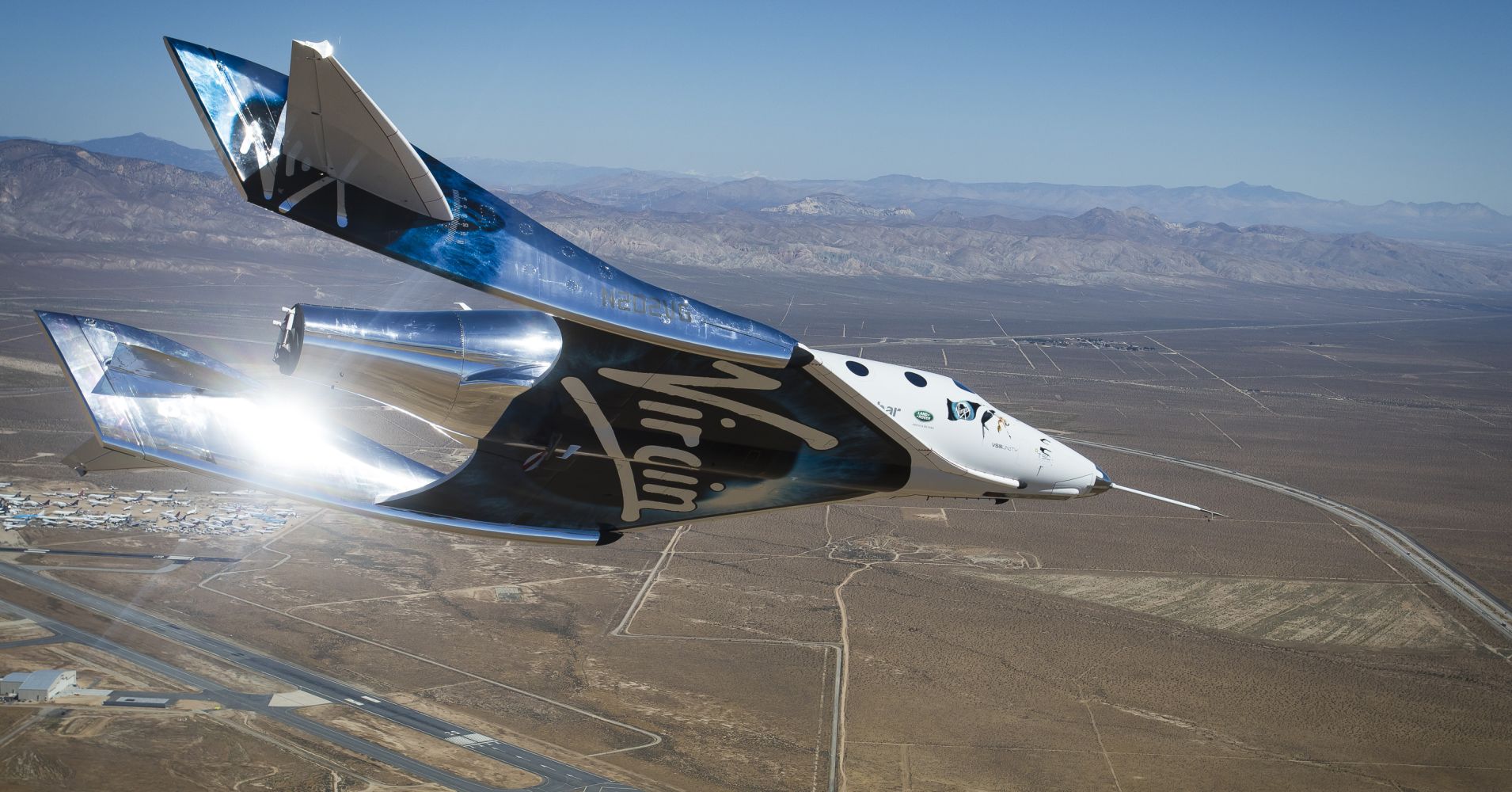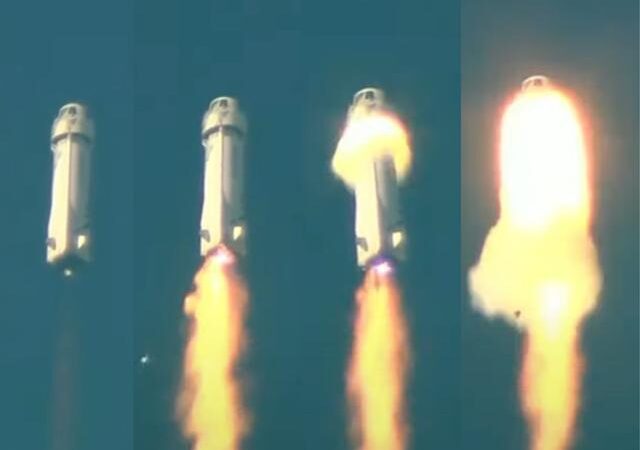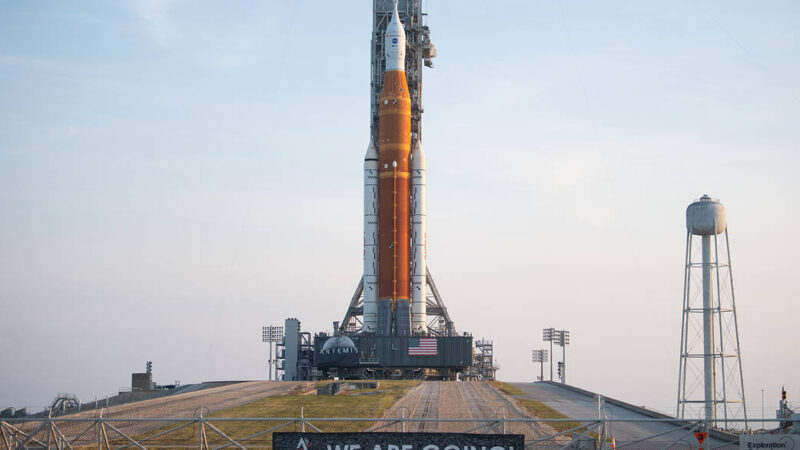Amazing price!China likely to start suborbital space travel in 2025

Overview
China’s commercial space sector welcomes its best opportunity, and the country is expected to start suborbital space travel in 2025, with the price for a ticket likely to fall between 2-3 million yuan ($286,400-$429,600), said a senior rocket scientist, Yang Yiqiang.
Previously, Virgin Galactic[1][2] announced to open space trips priced at $450,000 per seat, media reports said.

Virgin Galactic
Three modes of space travels
At present, there are three modes of space travels, according to Yang Yiqiang, a senior rocket scientist who was the general director of the Long March 11 rocket project in 2018, and the founder of Beijing-based rocket company CAS Space[3].

Imaginary picture of humans in space
The first is entering the space station, which sets strict requirements on physical and psychological conditions of the tourists.
The second takes tourists into space on a cargo aircraft used to lift the another spacecraft to release altitude. Virgin Galactic once announced these types of trips, priced at $450,000 per seat, according to media reports.
The third mode, according to Yang, and the one China will focus on, is suborbital space travel. This will be more suitable for most passengers.
Commercial and Aerospace
The sector in China has entered a 2.0 era driven by applications and market forces from a 1.0 era featured by basic manufacturing and research and development, and will likely catch up with the development level of the US within 10 years, Yang Yiqiang, a senior rocket scientist and founder of CAS Space, a Beijing-based rocket company, told the Global Times in a recent interview.

Yang Yiqiang
The comment came as major economies are competing fiercely in the emerging space industry, with China and the US having developed some market size in this regard. On September 9, US Vice President Kamala Harris called on agencies to submit proposals for the authorization and supervision of “commercial space activities” over the next six months to maintain its leading position in the sector, media reports said.
Thanks to a complete series of intellectual property rights China has and talent nurture system as well as the central government’s support, the market size of China’s commercial space industry posted an annual compound growth rate of 22.09 percent between 2015-20, Yang said. However, he said that domestic commercial space enterprises are still at the “accumulation” stage, as their scale is comparatively small while few companies’ rocket and satellite businesses yield profit.
The US started promoting the commercialization of the space sector in the 1980s, and the industry relatively matured when SpaceX was established in 2002. In comparison, China explicitly began encouraging private enterprises to develop the commercial space industry in 2015, but the industry has already taken shape after seven years of high-speed development, covering many fields such as rocket launches, satellite and ground equipment development, satellite operation and satellite application.
According to an industry report, there are more than 370 enterprises that focus on satellite manufacturing, rocket launching, and relevant downstream services based on orbiting satellite in 2021.
Looking ahead, Yang said that domestic commercial space industry should be boosted by market needs and technological innovations. “The key for the development of China’s commercial space sector is application rather than rockets or satellites,” he said, noting that “We need to ensure that common people have access to the sector.”
In addition to developing reliable products and sound services, domestic private space companies need to build public experiment platforms and shoulder the responsibility of setting up international standards and servicing for the Belt and Road Initiative, as well as go global, according to Yang.
Given the current growth rate, China’s overall market for commercial aerospace could reach 100 billion yuan by 2030, Wang Yanan, chief editor of Beijing-based Aerospace Knowledge magazine, told the Global Times.
In terms of long-term development, it is crucial for the companies to enrich talent reserves, enhance their core technologies and keep improving the capacity of the rockets, including larger loading capacity and reusability, he said.
As of now, a dozen cities across the country including Shanghai, Shenzhen, South China’s Guangdong Province and Wuhan, Central China’s Hubei Province are racing to develop their own local space economies.
In March, Wuhan announced it supported leading firms in the aerospace industry to set up R&D center, manufacturing and assembly facilities in the city to accelerate the development of national aerospace industrial base. The city is offering companies up to 50 million yuan in incentives for each project related to the production of satellites, rockets and spacecraft, according to a government notice.
References:











The future is coming!